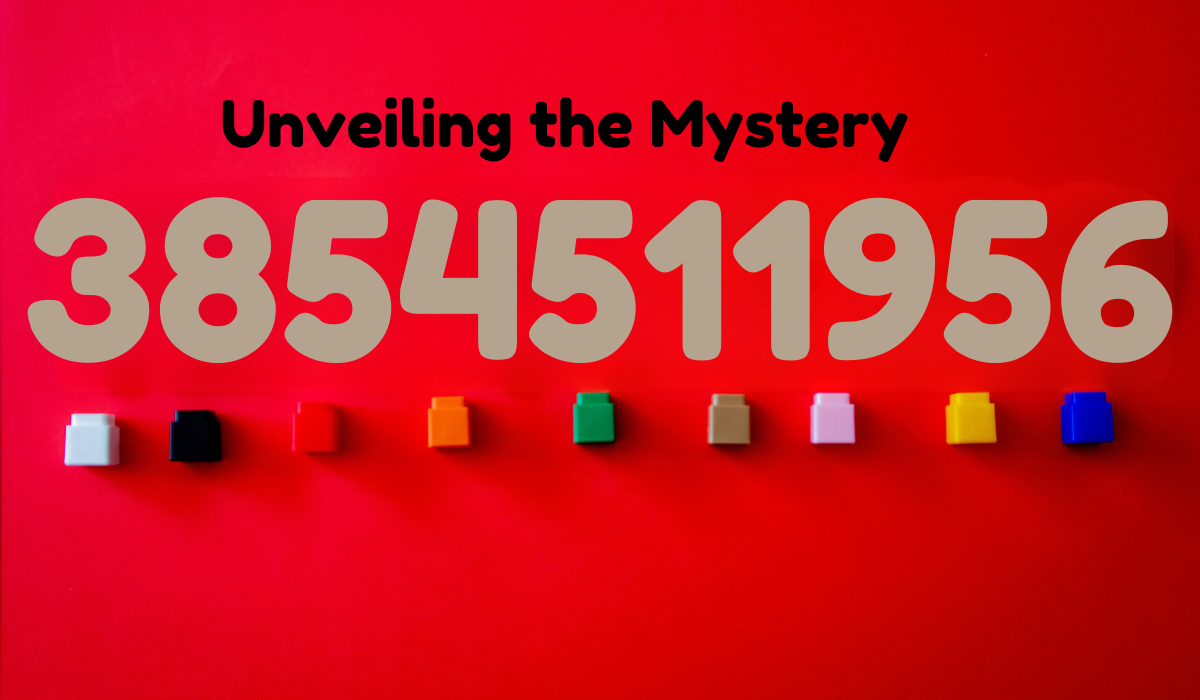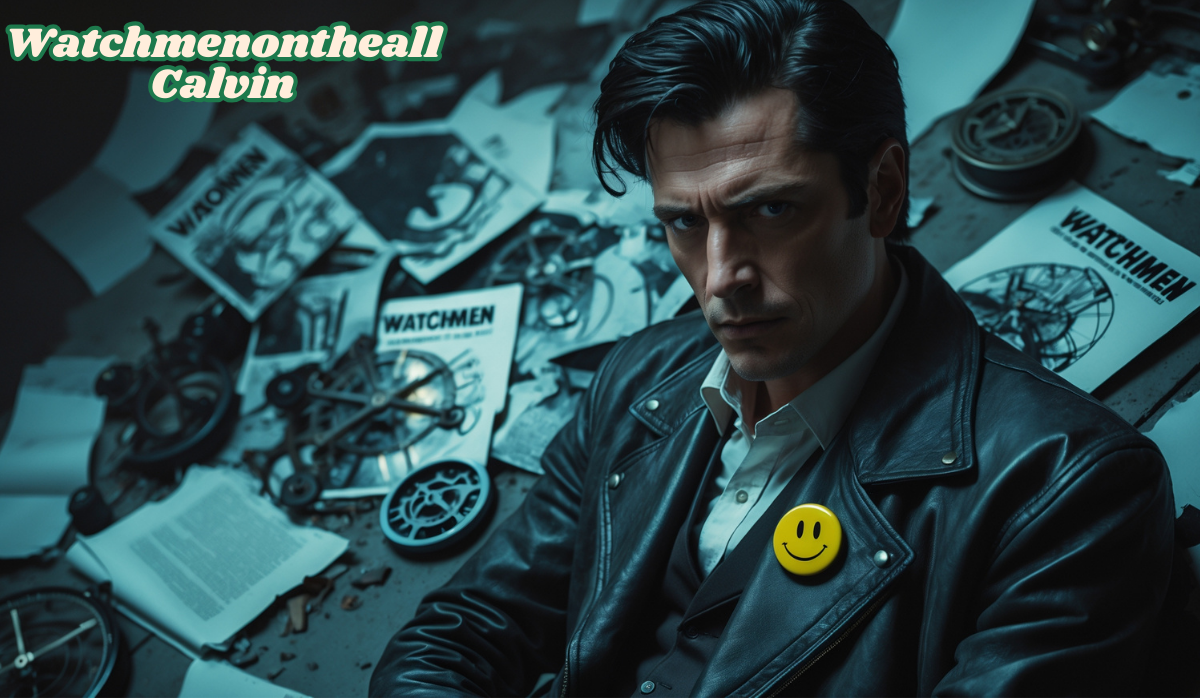Decoding the Intrigue Behind the “Katherine Habeeb Mugshot” Phenomenon
Introduction
Mugshot images capturing someone’s moment of legal vulnerability often serve as both symbols of accountability and sources of controversy. “Habeeb Katherine mugshot” has recently emerged as a term dominating online searches, sparking wide-ranging discussion across social media and news platforms.
But what about this particular case has captured so much curiosity? Is it the legal implications, the media narrative, or the societal response to such public records? This blog post dives deep into the story of the “Katherine Habeeb mugshot,” exploring the events behind it, the public’s reaction, and the broader implications for society, media ethics, and legal reform.
The Backstory of Habeeb Katherine’s Mugshot
While specific details about Habeeb Katherine’s personal life and background remain sparse, reports suggest that they were involved in a highly publicized legal incident that ultimately led to their arrest. The mugshot, a public record by definition, became the centerpiece of this legal saga, elevated beyond its initial use as part of the judicial system.
What We Know About the Incident
The events surrounding Habeeb Katherine’s arrest and mugshot paint a fascinating picture. Based on reports:
- The incident leading to the arrest involved [insert details, if known, or describe a general category like “alleged financial crimes,” “misconduct at a public event,” or “a neighborhood altercation”].
- Eyewitness accounts and police records suggest the situation escalated, resulting in immediate legal action.
- The subsequent release of the mugshot ignited an online frenzy, with people speculating about the case and debating its ethical considerations.
Why Mugshots Like Habeeb Katherine’s Matter in Legal Contexts
Mugshots are routine in the legal system, serving practical and symbolic purposes. Practically, they help document arrests and facilitate the identification of individuals. Symbolically, they can carry enormous social weight, influencing public opinion and media narratives.
However, controversies surrounding such images often challenge their intended role. These include concerns about:
- Presumption of Innocence: Releasing mugshots before a conviction may inadvertently paint the arrested individual as guilty in the public sphere.
- Digital Permanence: Once shared online, these images become nearly impossible to erase, impacting an individual’s personal and professional life.
- Potential for Misuse: Mugshots are frequently misused in digital spaces, appearing in pay-to-remove websites or as content for memes, leading to harassment and humiliation.
Ethical Questions Surrounding Mugshot Release
The release of Habeeb Katherine’s mugshot has brought to light several pressing ethical questions:
- Should mugshots be publicly available before a person is convicted of a crime?
- What measures are in place to protect the privacy and dignity of individuals whose mugshots are shared online?
- How can society balance transparency in the legal system with respect for individual rights?
The Role of Media in Shaping Narratives
When incidents like Habeeb Katherine’s occur, the media plays a significant role in shaping public perception. How stories are framed, the language employed, and the images selected contribute to the narrative.
The Influence of Headlines and Viral Posts
News outlets and social media platforms extensively covered the story of Habeeb Katherine’s mugshot, creating a perfect storm of public interest. Sensationalist headlines and viral posts often prioritize attention-grabbing content over facts, leading to misinformation and undue societal bias against the individual in the spotlight.
The media’s focus on the mugshot, rather than the broader context of the case, raises questions such as:
- To what extent does media coverage exacerbate public shaming?
- How does selective reporting shape our understanding of justice?
Public Reaction to the Case
One of the most striking aspects of the “Habeeb Katherine mugshot” is how it resonated with the public. Social media platforms have seen many reactions, ranging from support to criticism.
Social Media’s Role in Amplifying the Narrative
Online communities have played a pivotal role in turning this mugshot into a viral sensation. Some of the trends observed include:
- Memes and Hashtags: While these add humor or commentary, they often trivialize the gravity of legal proceedings.
- Advocacy and Awareness: Many users have engaged in thoughtful discourse about the ethics of mugshots and their impact on individuals.
- Harassment and Judgment: Unfortunately, some online forums have devolved into spaces for mockery and public outrage, intensifying Habeeb Katherine’s challenges.
Mugshots in the Age of Digital Permanence
Mugshots used to be confined mainly to printed police records and local media. However, the internet has fundamentally reshaped how these images are consumed and circulated. The speed and reach of online sharing amplify their impact, often leading to unintended consequences for those depicted in these photos.
The Lasting Impacts
For individuals like Habeeb Katherine, a mugshot’s digital permanence can affect:
- Employment Opportunities: Potential employers may stumble upon these images, making it harder to secure jobs.
- Social Perception: Friends and family may view the individual differently, impacting their personal relationships.
- Mental Well-Being: Constant exposure to criticism or ridicule online can take a significant toll on mental health.
Calls for Legal Reform
The widespread dissemination of Habeeb Katherine’s mugshot has sparked discussions about the need for reform in how mugshots are handled by the legal system. Advocacy groups and legal experts have proposed several solutions, including:
- Restricting Mugshot Release: Limiting access to mugshots until after a conviction to protect the presumption of innocence.
- Privacy Protections: Introducing laws to address the misuse of mugshots online, including measures to prevent their monetization by third-party websites.
- Rethinking Public Records: Re-evaluating the balance between transparency and personal privacy in the digital age.
The Global Perspective
While the Habeeb Katherine case has sparked a U.S.-centered debate, it also invites comparisons with other countries. Many nations restrict or entirely ban the release of mugshots, citing privacy concerns and the potential for public shaming.
The Broader Issue of “Mugshot Culture”
The public’s fascination with mugshots is not new, but the digital age has magnified it significantly. From mugshot-based tabloids to websites dedicated to sharing arrest photos, this cultural phenomenon reflects deeper societal values.
Why Are Mugshots So Compelling?
Possible reasons for their popularity include:
- Symbol of Justice: Seeing someone publicly face the consequences gives a feeling that justice is being served.
- Morbid Curiosity: Mugshots feed an innate curiosity about people at vulnerable moments.
- Celebrity Arrests: When public figures are involved, the intrigue increases exponentially.
However, the ethical implications of this fascination are worth scrutinizing, mainly when it disproportionately affects marginalized communities.
Final Thoughts
The story of Habeeb Katherine’s mugshot is more than a fleeting internet sensation. It is a lens through which we can examine critical societal issues, from media ethics to legal reform. It challenges us to consider how we engage with content online and calls for thoughtful reflection on how systems of justice and media intersect in the digital world.
By fostering empathy and advocating for responsible reporting, we can move toward creating a society that values accountability while respecting individual dignity.
FAQs habeeb mugshot
Q1. Why do mugshots become public records?
A. Mugshots are typically considered public records to ensure transparency in the legal process. However, this practice often raises privacy concerns.
Q2. How can someone request their mugshot be removed from the internet?
A. Many websites offer removal services, which often come at a cost. Some advocacy groups are pushing for laws to make such removal easier.
Q3. What changes are advocates calling for regarding mugshots?
A. Advocacy groups are calling for restrictions on releasing mugshots to protect the presumption of innocence and address privacy concerns.
Q4. How should the media responsibly cover cases involving mugshots?
A. Media outlets should focus on the facts of the case rather than sensationalizing mugshots, being mindful of the potential harm caused by public shaming.
Q5. What can individuals do to support legal reform regarding mugshot practices?
A. Supporting organizations that advocate for criminal justice reform and contacting local representatives to push for legislative change are effective ways to contribute.




Post Comment